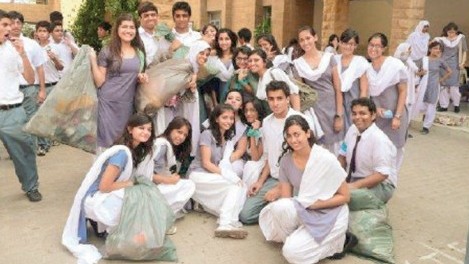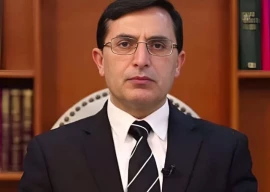
He said the aim of changing uniforms was to encourage uniformity among private and government school systems. Arif added many criticised the more western trouser and shirt uniforms in government schools because they represent anti-Islamic traditions. “However, we are only interested in changing the black fabric (representing the militia) in school uniforms,” said Atif. The fabric is of a heavy weave and becomes unbearable during summer, the minister said. Earlier, Jamaat-e-Islami (JI) rejected the proposal of introducing trousers and shirts as uniforms in government schools.
Beyond the look
University of Peshawar Professor Soharwardi stressed the significance of primary education. “Resources spent on higher education will not bear any fruit unless the primary education is improved,” said Soharwardi.
Regarding the lack of basic facilities in schools, Atif said K-P has 29,000 schools, of which a large number are missing facilities.
“After conducting a survey, the estimated cost of these facilities was reported to be Rs43 billion. Therefore, we have decided to allocate Rs10 billion each year until all issues are resolved.” The minister noted local bodies’ chairpersons were integrated into PTCs to link the local government with school-based decisions within the area. According to Center for Governance and Public Accountability (CGPA), 36% of schools across K-P are still without electricity, 29% have no water facilities, 16% lack any boundary walls and 14% have no functioning toilets.
Published in The Express Tribune, November 24th, 2015.

















COMMENTS
Comments are moderated and generally will be posted if they are on-topic and not abusive.
For more information, please see our Comments FAQ